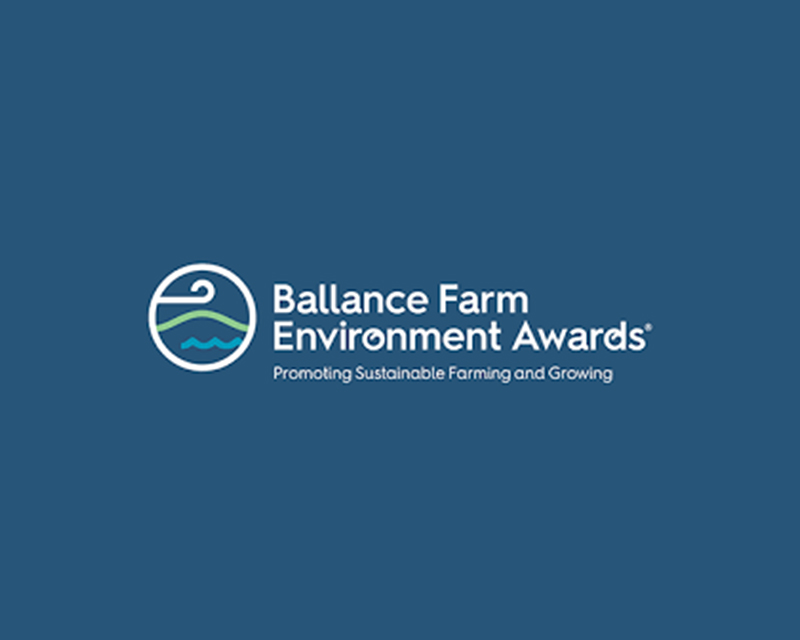
Carbon Credits in Forestry: How to Claim and Manage Them
Joining the ETS
Eligibility: To participate in the ETS and earn carbon credits, known as New Zealand Units (NZUs), your land must qualify as post-1989 forest land. This involves specific criteria regarding tree species, size, and canopy cover.
Registration: You need to register your eligible forest land in the ETS. This is a crucial step to begin earning NZUs.
Earning Carbon Credits
Carbon Accounting Methods: There are two main accounting methods for calculating carbon credits:
- Stock Change Accounting: Used for permanent forests. Units are earned as the forest grows and its carbon storage increases, and units must be surrendered when the forest is harvested.
- Averaging Accounting: Introduced in 2023, this method calculates NZUs based on the average amount of carbon stored over multiple rotations (harvest cycles).
Emissions Returns: Forest owners are required to submit emissions returns to claim NZUs. These can be done annually or through mandatory returns every five years.
Calculation of Carbon: The amount of CO2 absorbed each year by a forest is calculated based on specific parameters, including species, stocking, and site conditions.
Managing Carbon Credits
NZ Emissions Trading Register (NZETR): The NZETR is the platform where NZUs can be bought, sold, and transferred. All trading activities are managed by the Environmental Protection Authority.
- Market Dynamics: The supply of NZUs in the market is limited and will decrease over time in line with New Zealand’s emissions reduction targets.
- Surrendering Units: If the forest is harvested or if the owner exits the scheme, they need to surrender the equivalent number of units they have earned.
Additional Considerations
Pre-1990 vs. Post-1989 Forests: The rules for carbon accounting vary depending on whether the forest is pre-1990 or post-1989. Post-1989 forests can be fully accounted for as carbon sinks to offset emissions, while pre-1990 forests are accounted for against a business-as-usual reference level.
Types of Forests: Forests are classified as natural or planted, as the carbon cycles in these ecosystems differ and require different estimation methods for carbon stock change.
Long-term Management: The longer a forest is protected and maintained, the better the climate and environmental outcomes.













